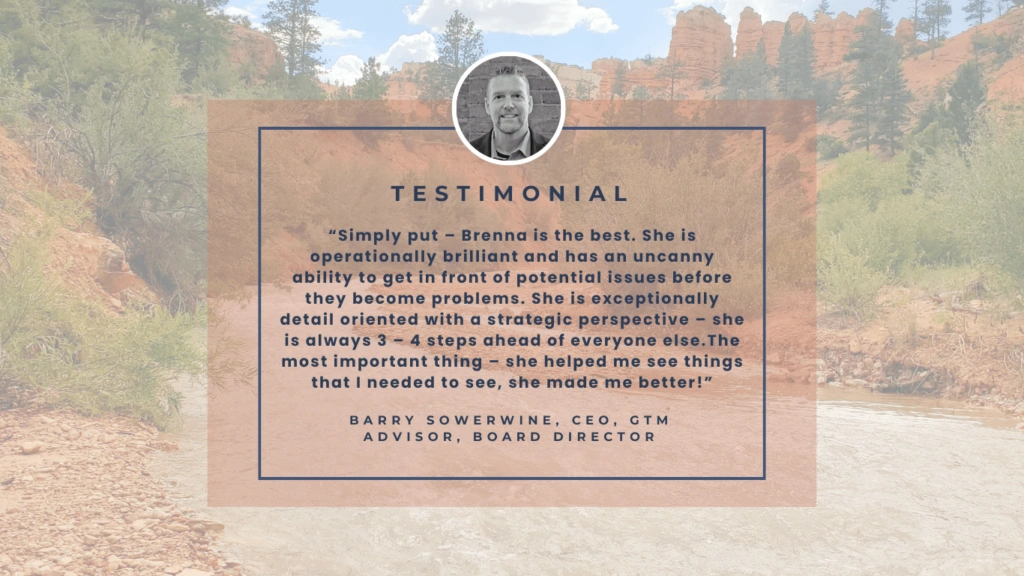
Series: What Early-Stage Founders Need to Know About Hiring
The rise of remote or “distributed” teams, catalyzed by the COVID era, are set to become a permanent fixture. It’s a win-win for employees who relish the opportunity to dodge traffic, enjoy more focused work time, and cut down on commute expenses.
For early stage startups, the trend is a boon, significantly reducing overhead costs associated with facilities such as rent, insurance, furniture and catering services. Moreover, it eliminates the expense of employee perks like commute and parking allowances.
Above all, building a distributed workforce provides access to an expansive talent pool, empowering businesses to assemble more effective teams. And in light of the current financial climate, where venture capital is increasingly challenging to secure, extending your runway is crucial. Building a distributed workforce can significantly enhance operational longevity.
That said, there are three key distinctions between on-site and distributed teams. Besides the obvious differences in corporate culture, other considerations include the benefits plans available to your remote employees and how you deal with Uncle Sam, a.k.a. taxes, licensing, regulations, and permits, oh my!
Let’s explore the differences every early stage startup founder should consider when building a distributed workforce:

Administering benefits and 401k options for remote employees distributed across multiple states can become quite complex. Elements like plan accessibility, coverage types, and cost structures differ depending on the size of your “group”.
For distributed teams, the availability of various health plans like HMOs (Health Maintenance Organizations), PPOs (Preferred Provider Organizations), EPOs (Exclusive Provider Organizations), and POS (Point Of Service) will depend on each employee’s location. For example, Kaiser is a well-known HMO in California, but only available to employees in that state. Similar scenarios exist with dental and vision plan options.
While early stage startups with smaller “groups” may face limited options and potentially higher costs, there is a silver lining. As your company grows, you can expect an increase in plan options and availability.
If you don’t have one already, I highly recommend working with an experienced benefits broker who can:
And since brokers are typically compensated by insurance companies, you’ll gain access to expert assistance without impacting your budget.
Some states, including California, require businesses with an average headcount of five (5) or more people to offer employer-sponsored retirement plans, such as 401(k)s to all their employees. This is irrespective of the employee’s location. Moreover, numerous other states are in different phases of enacting and executing similar laws.
Therefore, it is crucial to understand how these regulations impact you based on your headquarters and the physical locations of your distributed employees.
There is an alternative for small businesses or groups to gain access to superior benefit options by partnering with a Professional Employer Organization (PEO). PEOs serve as HR consultants. As a result they can offer a broad range of helpful services to small businesses. This includes the ability to join their “group” through a “co-employment relationship”.
This arrangement can undoubtedly open up more benefit options for businesses with distributed teams. However, there are some downsides, so it’s important to weigh the pros and cons of partnering with a PEO against your short-term and long-term business objectives.

Unfortunately, you can’t simply add that A-player you spent weeks sourcing to Gusto and call it good. There are numerous legal and compliance obligations to meet prior to compensating your newly hired remote employee. When hiring from another state, you establish a Nexus or a “connection to” that state. This necessitates dealing with matters such as licenses, jurisdictions, taxes, and withholdings.
“Each state has its own set of requirements, with some demanding
more taxes, fees, and licensing than others.”
It’s important to realize that this process is not uniform across all states. Each state has its own set of requirements, with some demanding more taxes, fees, and licensing than others. Before you can begin paying a remote employee in another state, these processes must be completed.
Some may argue that you could start paying the employee and have your accountant sort it out later. But this approach is certainly not recommended. Delaying could lead to severe issues such as back taxes and penalties, especially if you fall behind by a quarter or even a year.
Postponing payment can also result in higher accounting costs to rectify past errors instead of proactively managing your finances from the start. This isn’t the way to start your business off on the right foot.
Drawing from my own experience navigating this process across multiple states, I can attest to its complexity and time-consuming nature.
Hire a deeply experienced accounting firm who offers a broad range of services to cover all these areas on your behalf. Their expertise will ensure all your financial obligations are met accurately and on time.
That said, as the captain of your ship, it’s also crucial for you to comprehend these legal responsibilities for three main reasons:
I go into more depth about Nexus Tax and what it means for remote hiring in part two of this series on hiring.
Given everyone is not under the same roof, establishing and maintaining a strong company culture with a distributed team can require extra effort. While it’s certainly possible, cultural dynamics in such settings differ from traditional office environments.
The truth is, we are the sum of our environment and the people we surround ourselves with. One of the benefits of a shared workspace is obviously the increased opportunity for team bonding, lively idea exchange, and spontaneous creativity that flows naturally throughout the day.
The immediacy of turning to your colleagues for quick interactions cannot be replicated by waiting for responses on digital platforms. Drawing from my personal experience operating in both environments, it is quicker to GSD when you are under one roof. Engaging with a distributed workforce is more restrictive. It’s just a fact.
Some teams work better in-person. Sales teams for example are known for their sociability. They generally thrive in a communal environment where they can engage in constructive competition, and learn from each other’s client interactions on an open sales floor.
For early stage startups, the focus is usually on product development and finding market fit. Therefore, the idea of expanding sales and other business-focused teams comes into play at a later growth stage. And as you progress through those stages, setting up a home base or even multiple satellite offices becomes more critical.
All that being said, the benefits of maintaining a distributed workforce are numerous, especially in the early stages. As I mentioned at the beginning of this post, the financial advantages cannot be overstated. The significant cost savings allows early stage startups, particularly those with limited funding, to extend their runway and keep the wheels on the bus longer.
A distributed team also provides greater flexibility in attracting top talent, as the talent pool is much wider. What’s more, the savings from reduced office and commuter expenses can be redirected towards higher salaries, more frequent retreats, or extending runway.
For roles requiring intense focus and minimal disruptions, such as engineering and product development, remote setups can be highly advantageous.
Building meaningful connections from afar is absolutely possible with strategic planning and patience!
Here are some simple ways to build culture with remote employees:
Stay tuned for a future post focused on building culture with a distributed team!

The choice to go distributed or hybrid isn’t a one-size-fits-all deal. It really depends on your goals and where you’re headed as a company.
For cash-strapped early stage startups, going fully distributed can save a ton of money, despite the slightly higher benefits costs. But you’ve got to be upfront about the cultural and compliance differences from the get-go. Ignoring them will only set you up for a massive headache further down the line.
At the end of the day, it’s about being real with yourself about what you want to achieve and putting in the work to make it happen smoothly.


Brenna is a former Silicon Valley operations leader turned startup whisperer, using her own battle scars and tales of victory to guide others through the land of unicorns and disruptors.